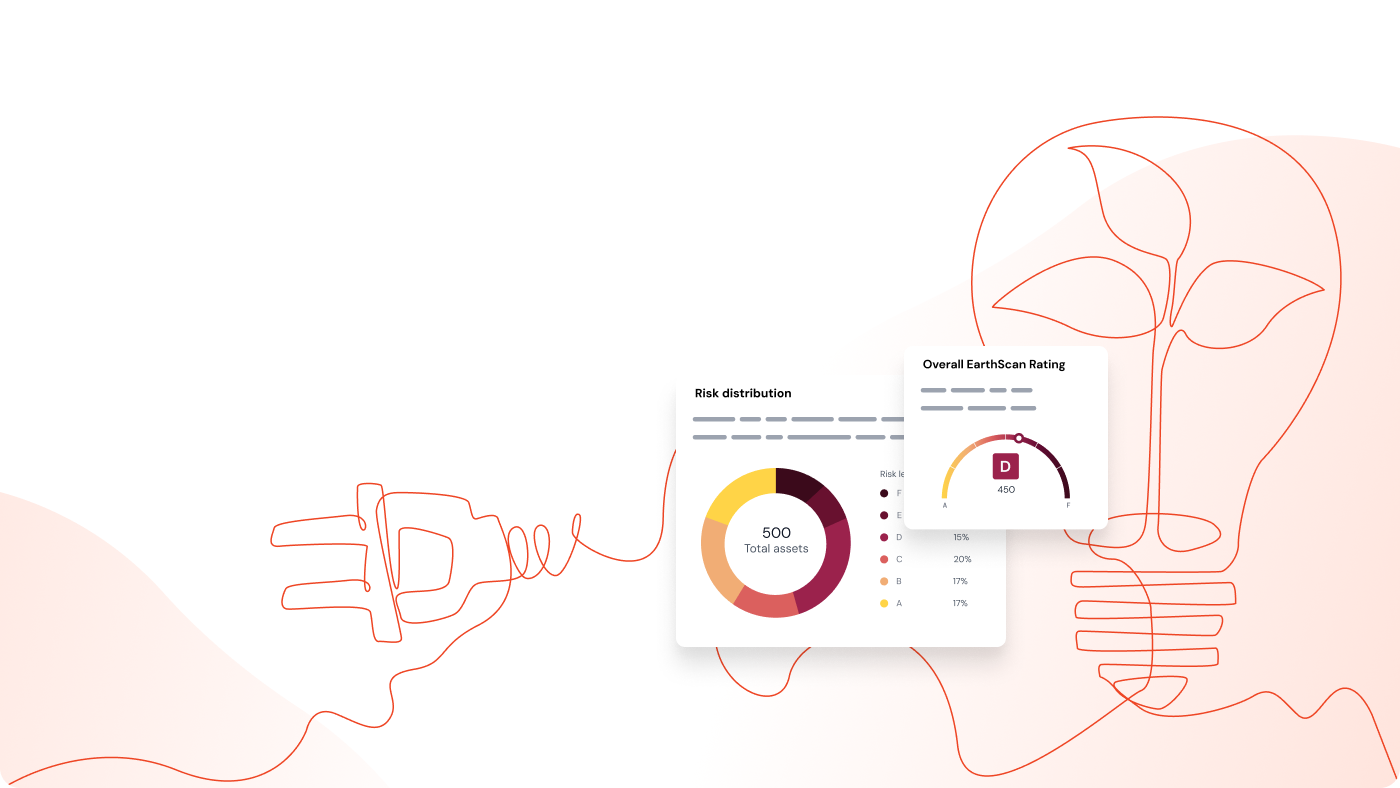More than half the world’s population of 8 billion live in cities.
Cities large and small across the globe are responsible for 60 to 80% of the planet’s total energy consumption and 75% of its carbon emissions. Yet, cities occupy only 3% of Earth’s land.
By 2050, the urbanised population is expected to grow to 70% of all people living on Earth; by then, the climate regime of 77% of major cities is expected to have shifted, even under the optimistic RCP4.5 scenario.
It’s easy to see why infrastructure and adaptations to the built environment designed to improve resilience to climate-driven hazards is being implemented in cities.
Urbanisation is uniquely vulnerable to climate risk. Buildings and roads and other infrastructure with hard surfaces alter the natural drainage process, making cities more vulnerable to flooding. These same surfaces also retain more heat than their natural counterparts, resulting in localized warming, known as the urban heat island (UHI) effect.
Here are eight examples of cities building resilience to climate-driven hazards.
8 innovative ways cities are building climate resilience
1. Singapore Green Plan 2030
Singapore is already known as the “Garden City” for its thoughtful city planning, including its vast array of urban parks, gardens and green design, but in 2021 this city-state embarked on an ambitious plan for sustainable development called the “Singapore Green Plan 2030.”
The five pillars of this plan are: City in Nature, Sustainable Living, Green Commutes, Energy Reset, Green Economy and Resilient Future.
With the support of the entire government and led by five ministries, by 2030 Singapore plans to set aside 50% more land (around 200 hectares) for nature parks, use cool paints and green 80% of buildings, plant 1 million more trees and ensure every household is within a 10-minute walk of a park.
To reduce its carbon footprint, Singapore aims to achieve 75% mass public transport (i.e. rail and bus) peak-period modal shareElectric buses to make up half of the public bus fleet by 2030.
Existing diesel buses will be replaced with cleaner energy buses by 2040. In addition to:
- expanding rail network to 360km by early 2030s, and
- cycling path networks to around 1,300km.
The ultimate aim of this plan is to achieve net zero carbon emissions in 2050.
2. Zhuhai, China: A “Sponge City”
A “sponge city” can be described as a city with plentiful natural areas, such as parks, lakes and trees, and design to absorb precipitation and prevent flooding.
At the end of 2014 China first promoted the concept of sponge cities and in the next two years selected 30 cities across the country to pilot the initiative.
The central government offered RMB 1.2-1.8 billion to help local governments convert impermeable surfaces, such as roads and pavements, into permeable surfaces that can not only absorb but also purify water to be stored for future use on a city-wide scale.
The purpose of this initiative was to prevent flooding.
The pilot program was implemented between 2016 and 2022 Zhuhai, with a population of 2.4 million, built more than 115 kilometres of the sponge city infrastructure, total one quarter of the city’s built-up area.
The city is also home to 708 parks and other attractive natural features that make it a popular tourist spot. China is the first country to adopt such measures on a city-wide scale.
According to Eco-Business, this infrastructure includes “porous brick or concrete pavement, porous asphalt roads, green roofs, green verges, bio-retention basins, ponds, rainwater wetlands, grassy swales and vegetation buffer zones.”
The initial idea was to protect Zhuhai from flooding, but the sponge city measures have provided the additional benefit of cooling temperatures during heatwaves.
There are 16 pilot sponge cities in China and each of them was awarded between 400 and 600 million yuan (roughly US $58 million) from the Chinese government for innovation.
3. Sydney’s tree canopy
There are plans to build an inventive tree canopy across Greater Sydney by 2030, which will count five million more trees planted across the area – about 1.3 million hectares. Why?
Trees are natural city coolers, store carbon dioxide, and provide much-needed shade in extreme heat.
Cities and communities can be hit harder by heatwaves due to the urban heat island effect, and a 2020 study illustrated that when compared with coastal areas, inland temperatures at Sydney’s urban heat islands increased by 10 degrees Celsius, due to more frequent and lengthy heatwaves in Australia.
4. Miami redesigns its heat danger spots
Miami County Council and its Neat Streets Miami initiative have identified the most hazardous heatwave locations in the city, from transport stations to public spaces – and have creatively redesigned them.
For example, the council has planted more trees around various bus stops, transforming them into ‘green bus stops’.
The city counts now 71 bus stops that have been upgraded with shady trees, which some of them include haiku poems engraved into their pavements.
5. White streets in Los Angeles
In 2019, city planners started experimenting with painting the pavements white in L.A.
The idea was that the solar-reflective white paint (CoolSeal) would repel the heat, reducing the temperature in the city.
A total of ten districts have been part of the innovative experiment so far, and there are reports – released in 2022 that the initiative has already cooled surfaces by 10 to 12 degrees Celsius.
6. Medellin’s green city ‘corridors’
In Medellin, Colombia’s second-largest city, city planners have built a maze of 30 ‘green corridors’.
These tree-lined routes have been created for heatwave protection as part of a USD16.3 million initiative.
This visionary and forward-thinking Green Corridors project won the 2019 Ashden Award for Cooling by Nature; which count literally thousands of palms and native trees, plus a host of tropical plants to upgrade shared public spaces.
7. Seville names its heatwaves
Seville has taken on a unique approach to heatwaves: by naming them.
The July 2022 heatwave was ‘Zoe’. But why? It makes citizens more alert to the dangers of extreme heat and focus on public health.
The city is also working on a new heat wave segmentation process based on the critical health issues heatwaves cause.
It aims to simplify the scientific terminology normally used to communicate with the community. This approach was successful in a 2018 Brown University study in Philadelphia, USA.
8. The Hadrian aqueduct in Athens
The ancient Hadrian aqueduct in Athens was built around 140 AD and was the former central water source for communities in the city – it was where they got their drinking water from.
It is now defunct, but the city of Athens has put the wastewater to effective use. The 800,000 cubic meters of wastewater is now being cleverly used to irrigate greenbelts along the structure, with the end goal of reducing heat in the immediate area and beyond.
Business leaders need granular, asset-level climate intelligence (CI) offering insight across multiple hazards, climate emissions scenarios, and timeframes.
Using CI to pinpoint adaptation spending and inform targeted interventions means achieving climate resilience in the short-, medium- and long-term is possible.
Once you can identify where buildings are most vulnerable to the impacts of climate change, you can start implementing adaptation strategies.







